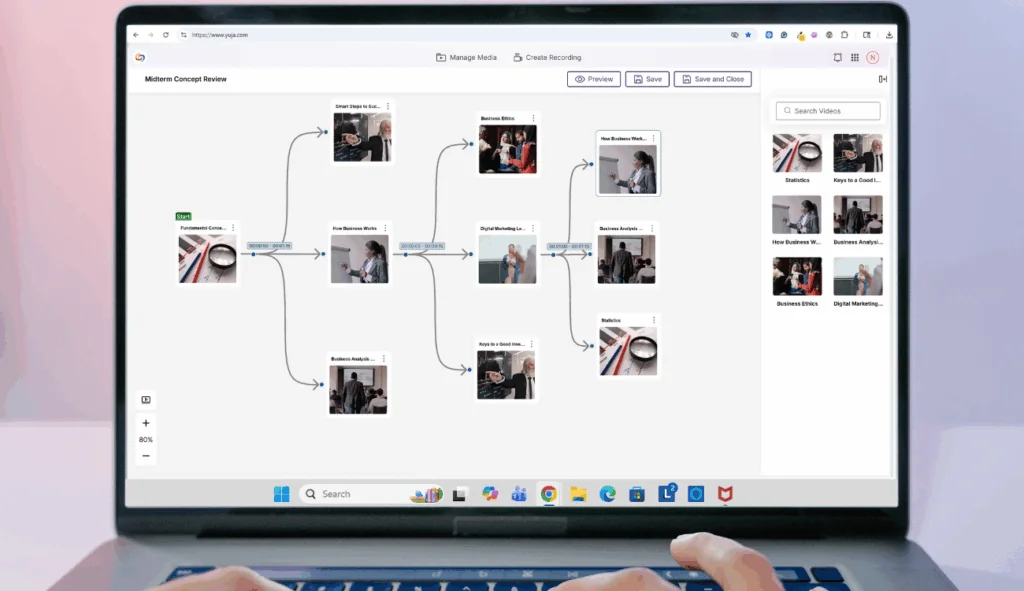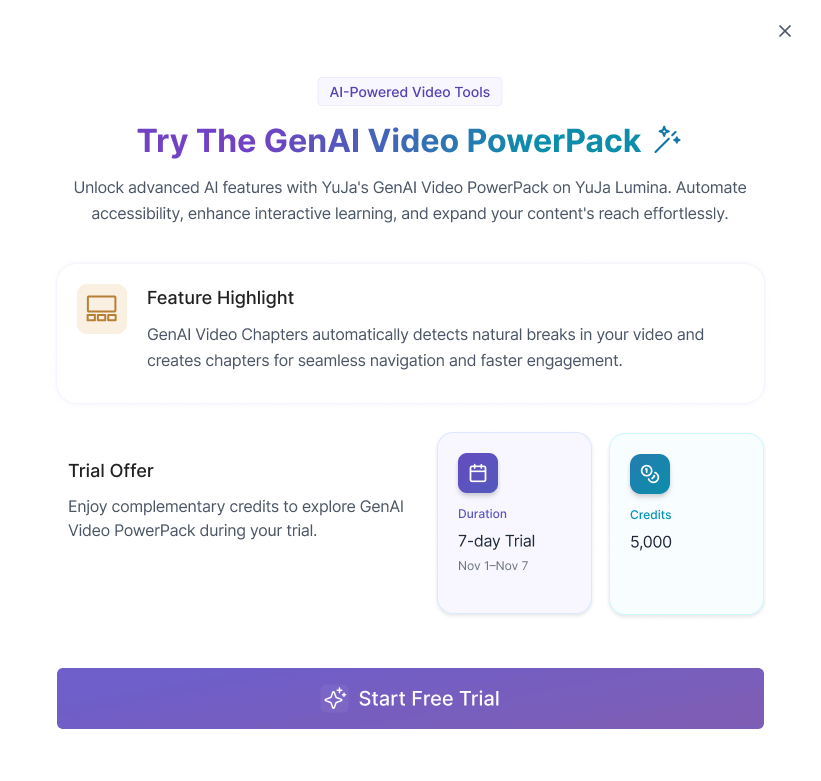WCAG 2.1 Level AA, which is the conformance level required by the Department of Justice, mandates audio descriptions for pre-recorded videos by April 2026 for larger institutions and April 2027 for smaller institutions.
The good news for institutions that haven’t started on this requirement yet is that new technology can remove the manual burden from your team.
What Are Audio Descriptions and Why Are They Important?
Audio descriptions narrate visual information that can’t be heard during your video. They cover things like actions, on-screen text, charts, scene changes, gestures, body language, and more, to help give users with visual impairments a full picture. Without them, students could be missing important learning content.
Audio descriptions are the most likely accessibility feature to be postponed. While the perception may be that captions equal accessibility, this isn’t true. Further, cost concerns, significant backlogs, and industry changes, such as cielo24’s recent acquisition, have left some institutions feeling lost.
Different Approaches are Available
Flexibility is the key to scalable audio descriptions. Institutions need different approaches for different situations, and the ability to choose the right solution is critical.
For example, YuJa’s GenAI Video PowerPack includes AI-powered enhanced audio descriptions that can analyze video content and generate editable pause-and-play descriptions. This type of technology is great for:
- Lecture capture recordings
- High-volume content libraries
- Rapid deployment across existing content
Some videos will require human-generated audio descriptions. YuJa offers both Pro Captioning and human-based, third-party integrations. Human transcription can be helpful for:
- Complex demonstrations that require technical accuracy
- Detailed data visualizations
- Legal or medical materials
Many institutions and organizations deploy both, enabling instructors or facilitators to choose the right approach for their content. Whether you need fast AI captions, human transcription, or a blend of both, a multi-provider ecosystem means you don’t have to start over when priorities or vendor relationships change.
Future-ready platforms connect seamlessly with captioning services, learning management systems, and compliance frameworks while keeping everything manageable from a central dashboard. By embedding accessibility features into video and media workflows, institutional leaders can create a foundation for inclusive learning that can withstand industry shifts, new regulations, and emerging technologies.







